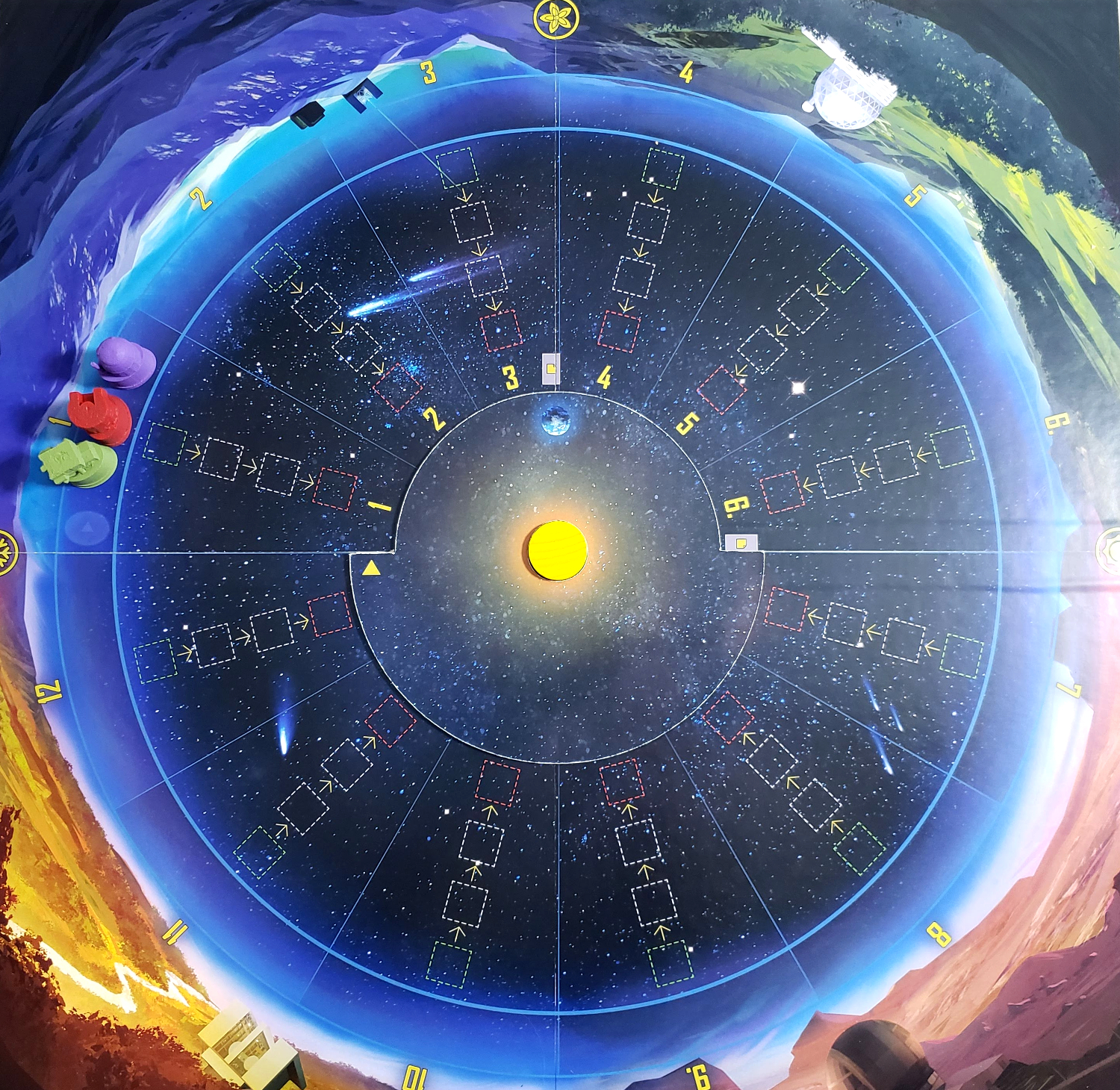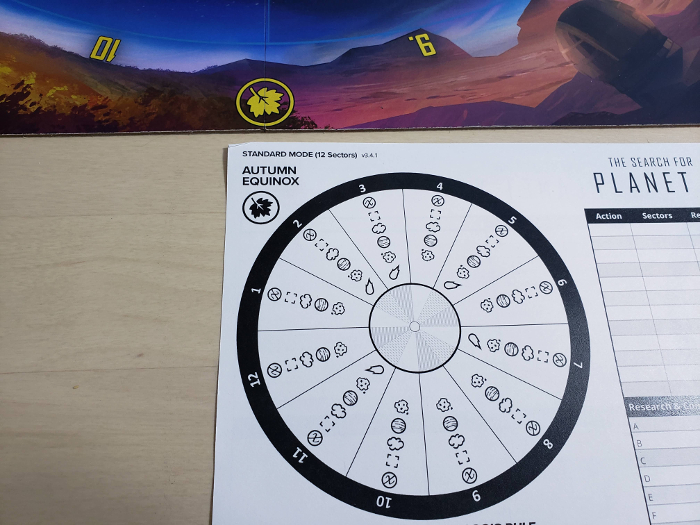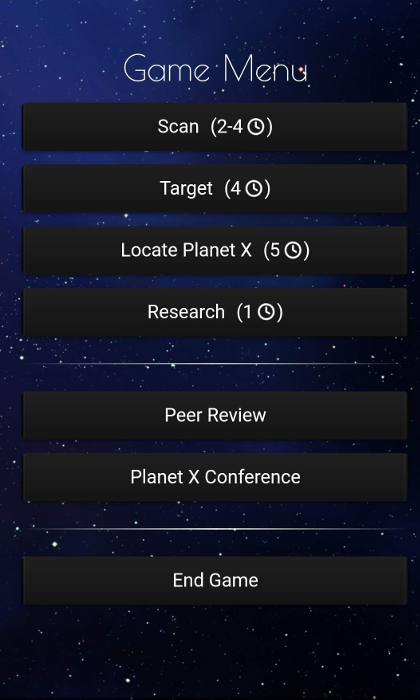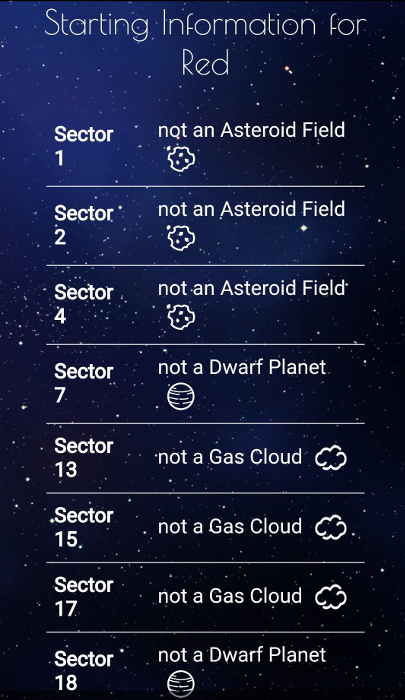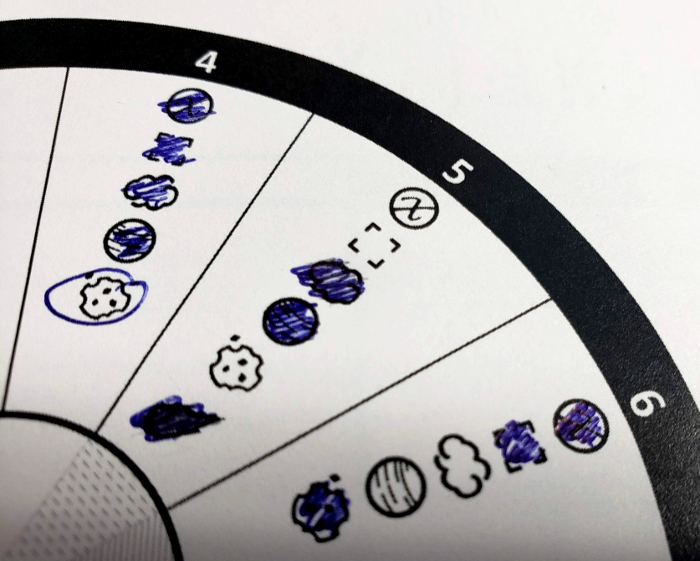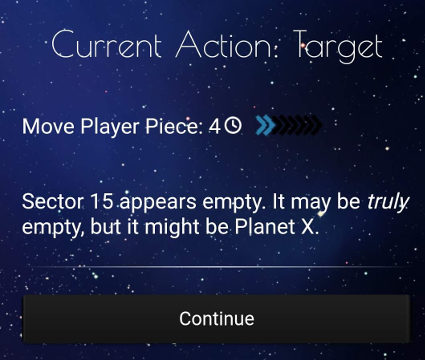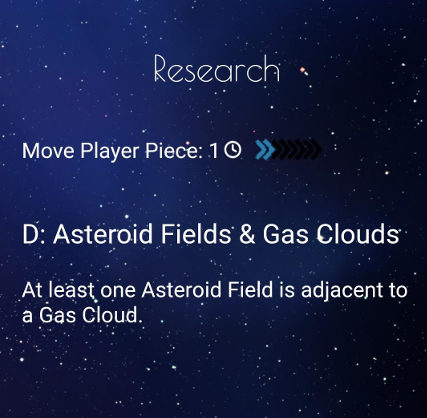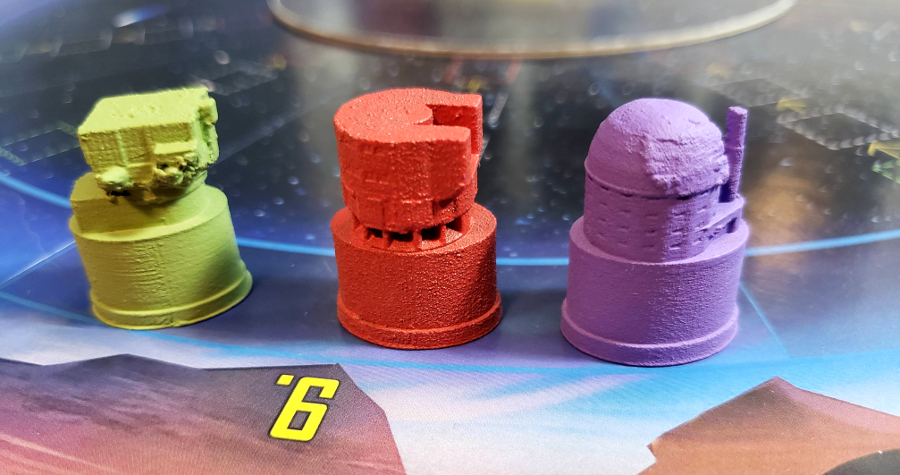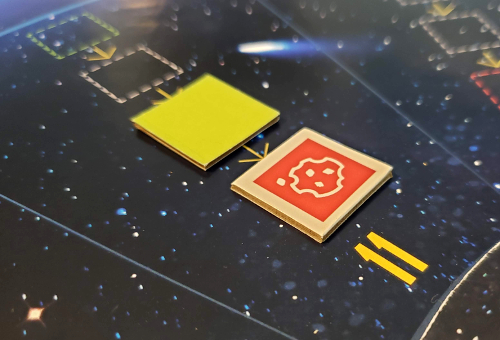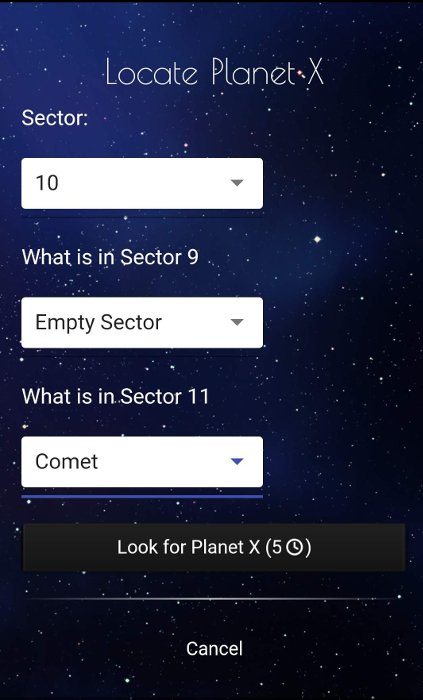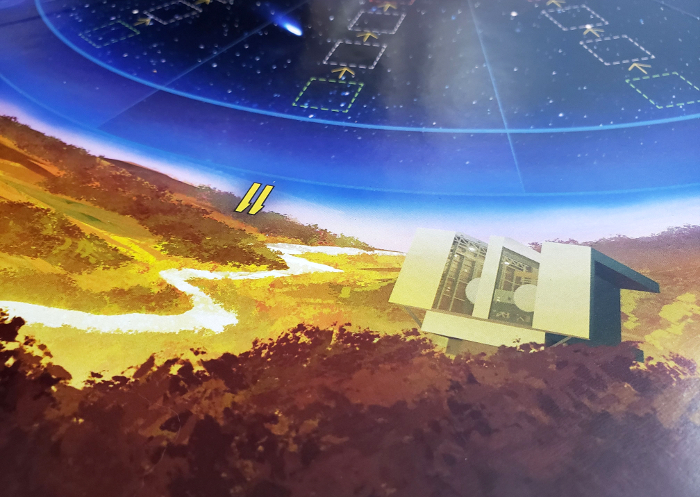Humans have a number of admirable traits. Despite not having the toughest armor, the fastest legs, or the sharpest claws, we have flourished and thrived despite all obstacles, allowing us to expand around the globe from the frozen tundra to the Saharan sun. And not all of it is solely based on our mastery of the opposable thumb.
On the whole Human beings are highly inquisitive, resourceful, and curious. All of which drives our instinctual, irresistible drive to explore. From the very moment we’re able to crawl, we are compelled to learn about the world around us – whether it’s what’s around the corner or the other side of an ocean. We have galloped across continents and taken to the seas. We have scaled the highest mountain peaks and drilled down to the subatomic. We have turned inward to grasp the inscrutable nature of the mind and turned outward to the stars themselves. For all of our characteristics that make us who we are, chief amongst them is our dogged determination to be ever learning, ever exploring, ever asking ourselves: What’s Next?
Few areas resonate as strongly with our desire to journey forth into lands beyond the familiar than that of outer space. While we may have only broken Earth’s atmosphere in the last half century, humans have been looking to the heavens in wonder and awe for as long as we have stood erect. From Ptolemy to Copernicus, Newton to Hawking, history has no shortage of men and women who have sought to understand more about our wide-reaching cosmos and our place in it.
 Given the sheer size and scope of the cosmos, this no easy task. Even with all of our current advancements and technologies, at best – at best – we have been able to map about 1% of the Milky Way Galaxy’s more than 100 billion visible objects, saying nothing of the larger universe itself. Space is inconceivably large, incredibly dark, and unconscionably empty, with all known matter making up a whopping 4% of everything that is (or in this case isn’t) out there. So it’s completely understandable why finding, well, anything – even within our own solar system – is so difficult. But that’s never stopped us before…
Given the sheer size and scope of the cosmos, this no easy task. Even with all of our current advancements and technologies, at best – at best – we have been able to map about 1% of the Milky Way Galaxy’s more than 100 billion visible objects, saying nothing of the larger universe itself. Space is inconceivably large, incredibly dark, and unconscionably empty, with all known matter making up a whopping 4% of everything that is (or in this case isn’t) out there. So it’s completely understandable why finding, well, anything – even within our own solar system – is so difficult. But that’s never stopped us before…
This fervent race for astronomical discovery and the wonders that lay hidden beyond Neptune are at the heart of The Search for Planet X, the new app-driven logic-based deduction title by Foxtrot Games. In this 2-4 player title each person is an astronomer trying to be the first to discover the elusive Planet X, a hypothetical undiscovered planet at the edge of our solar system. Over the course of an hour or so, players take turns scanning the night sky looking for clues as to Planet X’s location, all in the hopes of being the first to publish your findings and solidifying your place as the next great cosmic explorer.
So grab your telescope and notebook, because it’s time for one of the nerdiest contests this side of the Kuiper Belt.
The game begins, as you may expect, with a map of the solar system, divided into either 12 or 18 sectors depending on whether you’re playing in Standard or Expert mode. Each sector contains exactly one Object (an Asteroid Field, Comet, Dwarf Planet, Gas Cloud, Empty Space, or Planet X itself), with each Object bringing with it their own rules and restrictions, which are compiled into the game’s logic puzzle objective. (An Asteroid Field, for instance, is always adjacent to at least one other Asteroid Field.)
Over the course of the game, you’ll take actions to help you decipher and map out which Objects are in which sector, all of which is tracked via a handy and accessible note sheet reminiscent of many classic deduction games. However, in a highly astute development move, each player’s sheet is oriented based on their seating, such that everyone’s layout matches their perspective of viewing the board. This is but one of several subtle but appreciable aspects that The Search for Planet X Offers.
Yet one of Planet X’s most salient selling points is experienced before the first turn is ever taken. And that is the game’s app, which operates both as a setup tool and as an automated director of research.
For starters, the app to Planet X is free, is available on multiple mobile platforms, and provides an incredibly streamlined means of getting players into the game as quickly as possible. So much so, in fact, that there’s very little game preparation to be done otherwise. Simply initiate the app, specify the mode the group decides to use, and select your player color. The app then takes care of populating the board secretly on its own.
This approach is incredibly useful not just as a means of reducing initial downtime, but it shrewdly eschews need for a human player to act as a de facto GM and avoids relying on a manual setup option that could invite human error or necessitate an entire extra booklet full of table matrices. This approach gets everyone diving right into the game in short order, which is highly appreciable given its otherwise modest play time.
Look, searching space is time-consuming enough as it is.
What’s more, the app also provides a scalable means of difficulty for each player, allowing you to set handicaps for younger players or those who are particularly adept at logic games (you know who you are). When the game begins, these four different levels provide varying amounts of preliminary clues to that player as to which Objects aren’t in the specified sectors. With each person starting off knowing different bits of intel, Planet X blasts off as a scientific free-for-all of data gathering and theoretical guesswork. Which sounds about right.
While only one person at the table actually needs the app, if you prefer not to pass a device around, the app also provides a unique code ID that others can use to join your iteration of the game, ensuring that everyone is operating with the same search criteria and minimizes the chances of accidentally sharing those initial clues with anyone.
In order to keep astronomical variables to a minimum, turns in The Search for Planet X are fairly concise, consisting of four possible actions, all of which involve interacting with the app: Scanning for an Object, Targeting a Sector, Researching, and Locating Planet X. Each action comes with a associated Time component, representing how long it takes to perform.
The first of these, Scanning, is the most common, and involves attempting to find out whether (and how many) of a given Object are within a specified range of sectors. When Scanning, you specify the Object you wish to search for and the number of sectors to check.
Due to, you know, the Earth spinning and all, you are limited to Scanning or Targeting only within half of your board’s sectors at any given time, which is tracked via a main board overlay representing your visible sky at any given moment. “Shallower” Scans allow you to check more sectors with a lower Time commitment (since the information is likely going to be less fruitful) whereas “deep” scans of fewer sectors offer more direct results but take more Time to accomplish.
In that sense, Targeting a Sector is not unlike a highly concentrated Scan of a single sector, wherein you specify the sector number and you are told precisely which Object is in that location or if it appears empty. Empty space in any result could be truly empty, though thanks to its mysterious properties an empty space result may also be hiding Planet X itself. However, Targeting is an incredibly powerful action but must be done judiciously, as you are only able to perform this action twice per game.
Researching is the cheapest action to take, likely as you’re spending your efforts in a lab or library somewhere as opposed to behind a giant telescope. There are six Research options to choose from every game, each of which provides a logic rule to help narrow down your search parameters.
After performing your action for the turn, you move along the Time track the designated number of spaces the action cost, and then advance the board controlling the visible sky spectrum along until it lines up with the player furthest behind on the track. Turns in Planet X are taken using the time track mechanic (think Tokaido or Glen More), with the person furthest behind going next.
If, however, during as you advance through every third sector, the game pauses for a brief Theory Phase, where you get to postulate on what you think is in a given sector. This involves each player adding 0-2 facedown Object tokens to the outermost spaces on the board’s sectors on the board, and then moving all tokens on the board one space forward.
When a token reaches the innermost space of a sector, a Peer Review is performed, whereby the token(s) are revealed and its validity is checked in the app.
Yes, Planet X created a Peer Review mechanic. For that detail alone it should merit your attention and adoration.
If your guess was correct, you’ll gain extra points at the end of the game. If you’re wrong, you are penalized. In either case, the Peer Review process will convey information of some kind to everyone at the table.
The final action you can take is to Locate Planet X. The catch here is that to prove its existence you also need to have relational details: taking this action requires you to enter not only which sector Planet X is in but which Objects are in the two neighboring sectors. If successful with all three data points, you find Planet X and trigger the end of the game. At that point each other researcher has one more chance to either submit Theory tokens or make an attempt at finding Planet X themselves.
In yet another admirable lean into the game’s theme of scientific discovery, the winner of the game isn’t necessarily the person to discover Planet X – though it certainly helps. The final score is determined not only based on locating your elusive quarry but also points for having your Theory tokens correctly validated, denoting the copious research effort that laid the groundwork for the monumental find. Some could consider this point-based approach anticlimactic, yet it has the distinct advantages of allowing a two-pronged strategic approach to victory as well as a flavorful recognition that in the world of science, sometimes racing to the finish line isn’t always the most advantageous.
Taking all of this into account, and cross-referencing it with extensive peer reviewed findings, we can only conclude that The Search for Planet X is a highly creative and enjoyable astronomical pursuit worthy of your attention. Despite the bulk of its core gameplay being digitized, The Search for Planet X isn’t diminished by an app-laden integration. Rather, this hybrid approach minimizes the potential minutiae of setup and continual checksum actions of its players throughout the game without reducing its inherent logic puzzle based appeal. With extensive replayability thanks to random board permutations, a baked-in ability to adjust difficulty levels on an individual basis, and a fixed lens towards streamlined amiable gameplay, Planet X is a substantive yet flavorful lightweight deduction game that should quickly establish itself alongside the most notable titles of its genre.
If an hour long astronomy-based deduction game seems like something you’d like to see in your orbit, then head on over to discover more on its Kickstarter!
This project has earned the Seal of the Republic
Photo Credits: The Search for Planet X cover and artwork by Foxtrot Games.

